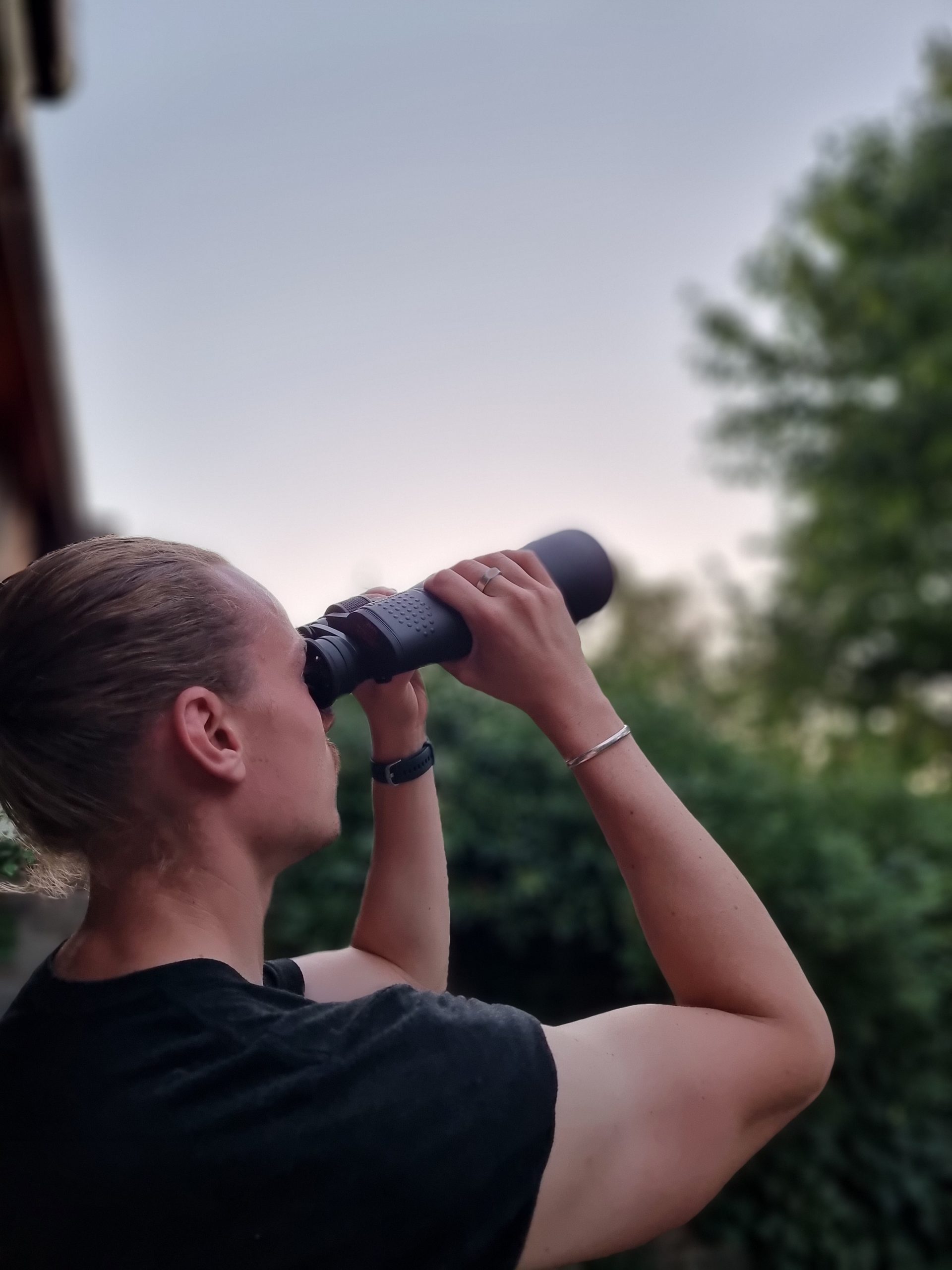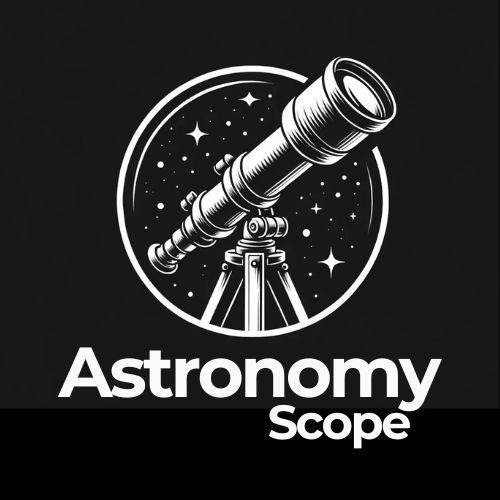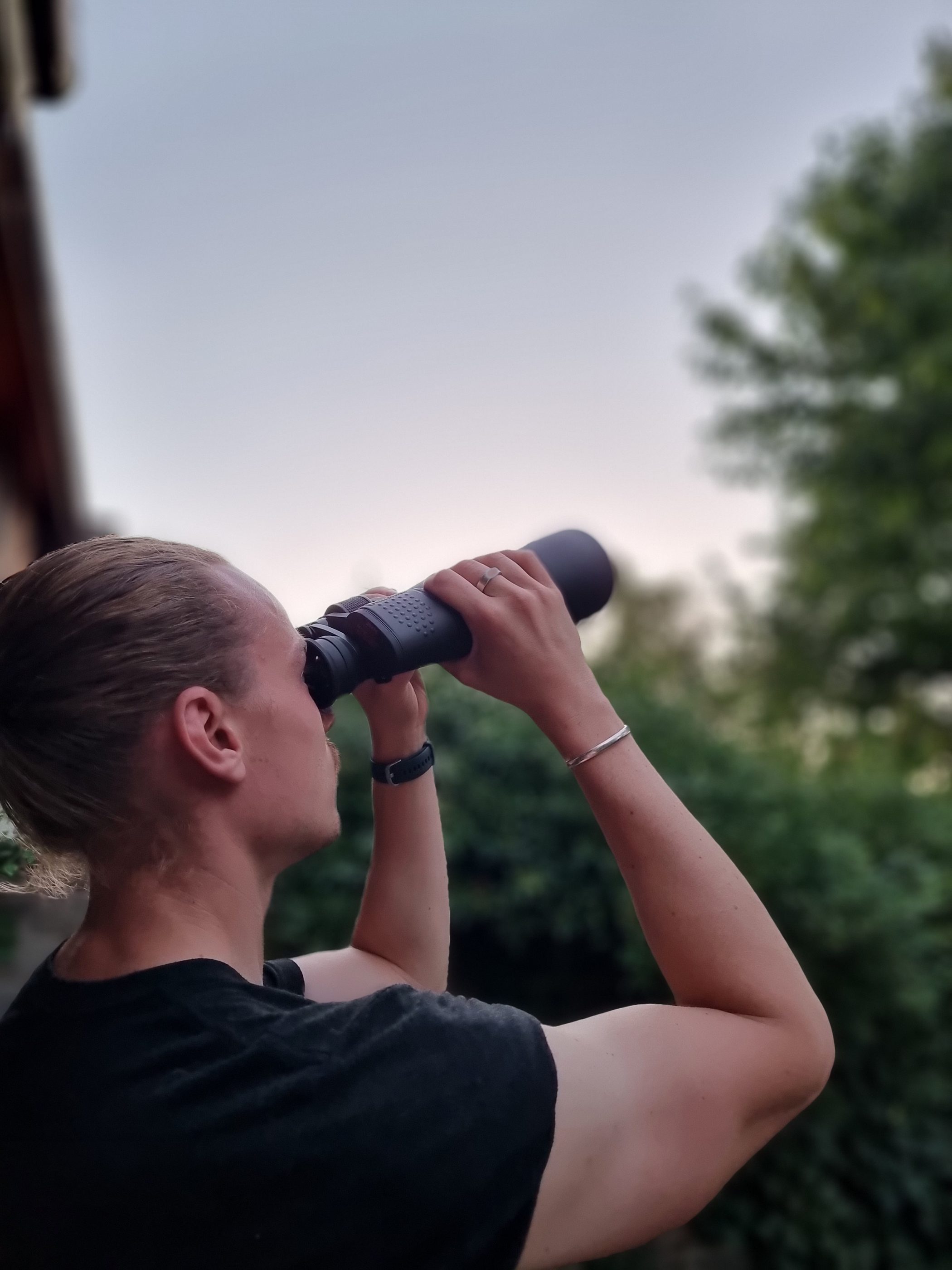If you have questioned whether a telescope can be used in a city, then I am here to help. I have researched the issue, talked with various astronomers who live in rural areas, and come up with an answer to help you understand whether a telescope will be appropriate for you.
Can you use a telescope in the city? You can use a telescope in the city. While the best views of galaxies, deep space, nebulas, and other space objects will be observed under darker skies in rural areas without population lighting and pollution, there is still a significant amount to see. You will still be able to observe Planets, Stars, the Moon, and Celestial Bodies from a city location.
With some patience and the right conditions, and using some of the tips below, you will be able to observe the sky even in the less than optimal city conditions.
What Is The Best Telescope To Use In A City?
Thankfully, there is no difference in the type of telescope that you will use when observing the sky from a city location.
The best telescope is therefore one that has the best specification for the best price, is easily transportable, compact, and sturdy.
Regarding the specifications of the scope, there are a couple of components that influence its performance.
The first of them is Aperture.
It is advised that you opt for a telescope with larger optics.
This is because this will enable the scope to collect more light (which will improve your view of the sky).
This is particularly important regardless of whether you are in a city or rural area, or whether you are facing a lot of light pollution or relatively little.
As a general rule of thumb, you will be able to observe more objects with more clarity and detail with an 8″ telescope than a smaller, 4″ equivalent.
What does this all mean? If you can, get the largest telescope that you can afford. With telescopes, larger is really better.
If you are looking to set up your scope at home this will give you some more flexibility on the size of scope you can get.
However, if you are looking to travel with the same scope, it is important to consider the transportation and how you are going to store the scope in transit.
For city astronomers, telescopes with a computerized mount work particularly well (like this).
Computerized mounts make it a lot easier and quicker to identify and find objects to view.
This is especially true when the sky is brighter (from light pollution in your city).
In this case, the traditional way of using a star chart and then trying to find objects yourself can be a lot more complicated, sometimes even impossible.
Where To Set Up Your Telescope
Now, depending on whether your Telescope comes with a Mount or not will largely dictate where you can set it up.
Assuming that you have an Alt-Azimuth Mount (2-Axis) or even an Equatorial, there are some things that you should consider.
Depending on how hot your climate is, or the time of the year, you should consider that pavements and rooftops absorb heat when subjected to sunlight.
This heat is actually radiated back towards the sky when the sun goes down. This causes the air to become turbulent which can prevent a clear view from your telescope.
It is preferable to set up a non-tarmacked surface, like an area of your lawn (grass), because this does not absorb as much heat.
Taking this a step further you want to avoid aiming your telescope over the top of buildings as you will be in effect looking through the distorted air which radiates above them.
The best locations for your telescope are areas where there is minimal light (from street lamps or other lights in the area (like porch lights, car lights, etc).
This will prevent any light interference and also prevent the contrast when you look through your eyepiece.
If this is not at all possible, a good solution is to place a large dark opaque sheet or cloth over your head and the telescope eyepiece.
This will help to block out the light.
Another factor to be wary of is the time you set up, or attempt to view the sky.
When looking to observe an object in the sky, the higher it is, the better and easier it will be to see.
This is because the air you will be looking through will be less polluted and hence your view will be clearer.
Additionally, you will find that there is less sky-glow the higher you go.
Light pollution also tends to drop off at night, when the occupants of the city settle down for bed and return home.
This is when the skies will be darker and the best time to start looking at the sky.
If you can, staying up until midnight often yields the best results. So while you can observe the sky during the day, this does not always mean you should.
What To Look For
Once you have your telescope ready, and in the best location possible and away from any potential interfering light, what is there to specifically look for?
Remember, never try to observe the Sun through a telescope without the right equipment – a Filter!
This can cause long-term damage to your eyes. However, by using a Solar Filter, observing the Sun in the day can be fascinating!
The Moon
The Earths Moon is one of the easiest objects to observe, due to its relative size (due to proximity) and brightness.
This is a great object to observe, even when you are in the city.
An interesting area of the Moon to view is the “Terminator”.
The Terminator will change over the course of a few days, weeks and months so this is something that you can keep coming back to look at.
The Moon has a lot of craters from asteroids and a lot of valleys that can be good to see.
Depending on the time and your conditions, you may even find that the Moon appears too bright to properly view.
In this case, a variable polarizing Moon filter, which you can place into your eyepiece is a good solution.
Planets
Four of the Planets from the Earth’s Solar System are great to observe from the city. This is because they provide enough light for us to get a decent view and detail of their environment.
If you are looking for the best view, you are going to need ideal conditions (known in astronomy as “seeing,”) plus the ability to wait for the right moments. At specific times planets can be viewed in considerably more detail.
Venus
is one of the easiest to observe planets due to the fact that it is one of the brightest objects in the sky.
It falls just behind the Sun and the Earth’s Moon. It is located in the middle of the Earth and the Sun and the illumination ranges depending on the phase.
The surface of Venus is typically covered by clouds, so it is unlikely that you will be able to see much detail most of the time.
Mars
Is tiny so it is difficult to observe.
However, due to its unique red-tint color and the peculiar surface, it’s great to view. If the air is not clear, it is likely to appear as a distorted fireball.
If you look at Mars at the right time with the right conditions, so long as you are using a high-spec scope with high magnification you can see the distinct markings on the surface of Mars and sometimes even dust storms.
If you want to observe Mars, I suggest you find out when it is next in opposition to earth (roughly every 25 months).
This is when Mars is technically closest to us on Earth (looks bigger and easier to view)
Jupiter
Is one of the best planets to observe. It has unique cloud bands and detail like the “Great Red Spot” on its disk.
Other spots and bands can be seen if you are using a telescope with larger optics.
With Jupiter, you can also observe four of its moons, Callisto, Europe, Lo, and Ganymeade.
These all orbit Jupiter on different time scales and as such have different positions.
When you observe Jupiter will dictate where they are – all together or sometimes only one or two are visible as the others are concealed behind the planet.
Saturn
Is also a fascinating observation due to its impressive rings.
Thankfully City light pollution does not reduce the views of this planet.
One of the major benefits of viewing Saturn is that it looks very clear through a telescope despite being one of the furthest away from the Earth in the Solar System.
A medium-tier priced telescope will enable you to see all of the rings and the “Cassini Division” (gap in between).
If you invest in a larger telescope you will be able to detect finer detail, as the shadow of the rings on the surface.
Saturn has several moons that you will be able to see.
Mercury, Uranus, and Neptune
Are more difficult and harder to find, but still there to see from your city location.
With these planets, it is more about finding them than by seeing their detail which will not be possible.
Pluto
Is impossible to observe from the city, so its best to stop trying to find it!
Stars
Stars are also something else to look out for and observe because they are held within gravitational pulls.
Optical Doubles are stars that look close together, despite actually not being close together at all.
Double Stars are where stars appear together. Stars range in their color, brightness, and closeness so it’s always great to look at as many as you can.
DSOs (Deep-Sky Objects)
DSO’s (deep-sky objects) are some of the most difficult to see, particularly in city locations.
Galaxies and Nebulas are particularly hard, and Star Clusters are not much easier.
For DSOs, you are going to want to look for them when they are the highest in the sky and towards midnight.
Star Clusters are easier to locate because they emit a lot of light within a small periphery.
This, therefore, makes them easier to identify than an object which light escapes, e.g. Galaxies and Nebulas.
The Hercules Cluster (M13), Sagittarius Cluster (M22) are my personal favorites to observe.
If your rural area has a lot of light pollution, then Galaxies and Nebulas are going to be a challenge to view.
For your best chances, it is useful to regularly tap your telescope tube.
Interestingly, this helps your eye to focus as movement can help them focus. Failing this, averted vision is another good tactic.
Final Words
In the city, light is always going to be a challenge as an astronomer.
The conditions are never usually optimal.
However, this does not mean that it is not possible – it just might involve a little bit of patience and/or investment in further equipment.
Besides, you can always buy a portable power supply and take your telescope further afield.
Other guides you may want to check out:
- Can You Use A Telescope Through A Window?
- Can You Use A Telescope During The Day? [You’ll Be Surprised]
- How Far Can You See With A Telescope? [It Depends On This…]

Hey, my name is Jeremy. I’m a passionate and seasoned astronomer who loves nothing more than observing the night sky. I also love researching, learning, and writing all things Space and the Universe. I created Astronomy Scope to share my knowledge, experience, suggestions, and recommendations of what I have learned along the way while helping anyone to get into and maximize their enjoyment of the hobby.

